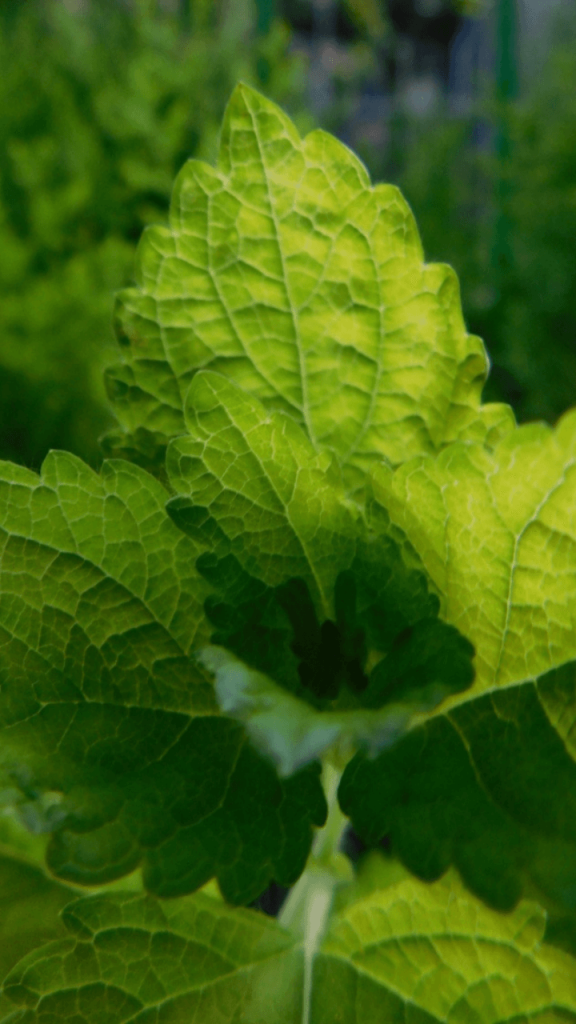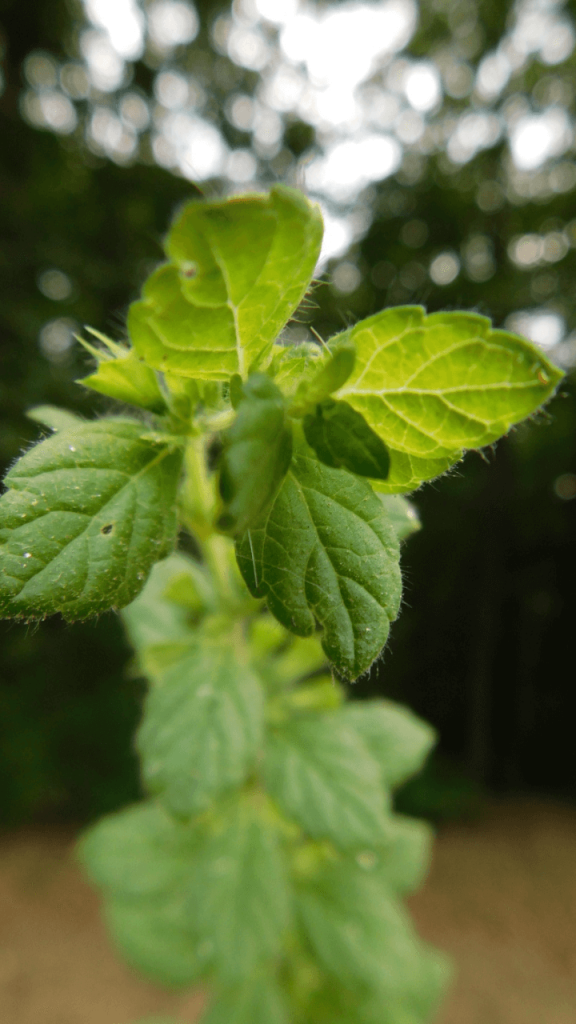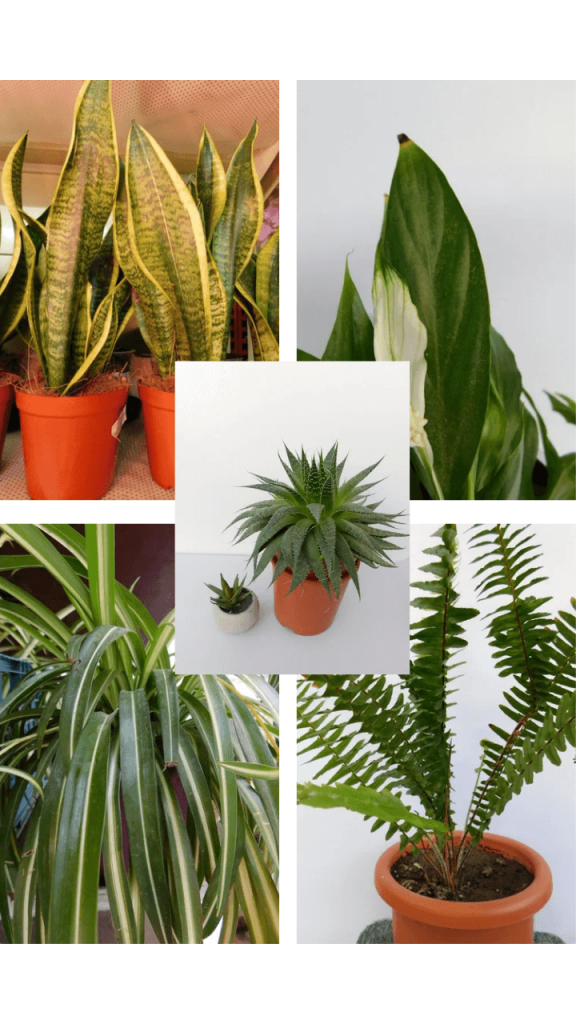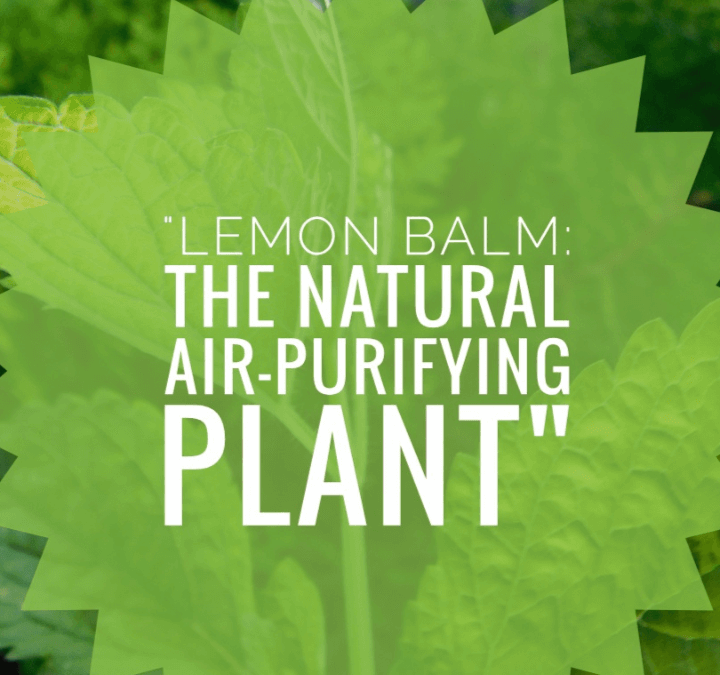Indoor air quality holds significant importance for the well-being and vitality of our living environments. As an arborist, I understand the impact it has on our health, particularly considering the considerable amount of time we spend indoors. Subpar air quality can lead to a host of ailments, ranging from bothersome allergies and headaches to more severe respiratory conditions like asthma.
While air purifiers offer an effective solution, their costliness and energy consumption may not be suitable for everyone. However, there exists a natural and affordable alternative: air-purifying plants. These green companions have been scientifically proven to effectively enhance indoor air quality. In this blog post, we delve into the remarkable air-purifying qualities of Lemon Balm, a widely cultivated plant renowned for its ability to cleanse the air in your home. Beyond its air-purifying prowess, Lemon Balm also offers additional advantages, including stress reduction and relaxation, creating a harmonious environment.
Join us as we explore the natural air-purifying properties of Lemon Balm and uncover the invaluable benefits it brings to your living space.
What is Lemon Balm?
Lemon Balm (Melissa officinalis), a resilient perennial herb belonging to the mint family, possesses a rich heritage that stems from its origins in the Mediterranean region. Over time, its popularity has spread, and it is now cultivated worldwide. This remarkable plant emanates a distinct lemon fragrance, imparting a refreshing ambiance to its surroundings. Its versatility extends beyond aesthetics, as Lemon Balm is treasured for its wide array of culinary, medicinal, and cosmetic applications.
The soothing and calming qualities of Lemon Balm make it a sought-after ingredient in the realms of aromatherapy and natural medicine. Its historical significance is deeply rooted, dating back to ancient civilizations such as the Greeks and Romans, who recognized and harnessed its medicinal properties. Notably, this plant found its place in perfumery and cosmetic formulations, adding a touch of elegance and allure to ancient societies. During the Middle Ages, the plant even acquired a reputation for its mystical attributes, with individuals carrying it as a talisman against malevolent forces.
In modern times, Lemon Balm continues to captivate through its invaluable essential oil, highly prized in the production of cosmetics and medicinal preparations. Furthermore, culinary enthusiasts appreciate its ability to infuse dishes with a delightful lemony essence, elevating the flavors of various culinary creations.
Join us as we delve further into the captivating world of Lemon Balm, exploring its diverse uses and unlocking the secrets of this extraordinary herb.
How does Lemon Balm purify the air?

Plants, in their remarkable capacity for photosynthesis, play a vital role in purifying the air we breathe. Through this process, they exhibit the remarkable ability to absorb carbon dioxide and release oxygen, effectively replenishing the atmosphere. However, their contributions extend beyond the regulation of oxygen levels. Plants possess the unique capability to absorb and neutralize a diverse array of harmful pollutants and toxins that contaminate indoor air.
Lemon Balm, in particular, is recognized for its exceptional air-purifying attributes. This captivating plant has demonstrated its proficiency in absorbing and eliminating pollutants like formaldehyde and benzene, which are commonly encountered in household items, furniture, and construction materials. By strategically placing this plant within indoor spaces, one can actively enhance the quality of the air we breathe.
Moreover, the aromatic properties of this plantoffer an added advantage. Alongside its air-purifying prowess, this herb imparts a refreshing and invigorating scent, contributing to a pleasant and calming environment. With its enticing aroma, Lemon Balm finds its place in the realm of aromatherapy, providing an avenue for relaxation and rejuvenation.
Nevertheless, it is important to recognize that while plants such as Lemon Balm contribute to improving indoor air quality, they should not be regarded as a substitute for proper ventilation and airflow. Adequate ventilation remains essential in maintaining a healthy and harmonious living environment. Let us embrace the remarkable potential of Lemon Balm and harmonize it with conscientious practices to achieve optimal indoor air quality.
Benefits of having Lemon Balm in your home
Improved air quality stands out as one of the remarkable advantages of incorporating Lemon Balm into your indoor space. By effectively purifying the air and eliminating harmful pollutants, Lemon Balm contributes to reducing the likelihood of respiratory ailments, allergies, and other health concerns associated with subpar indoor air quality.
Beyond its air-purifying prowess, Lemon Balm possesses a range of attributes that make it an exceptional choice for indoor use. This herb exerts a calming influence on both the mind and body, rendering it a favored candidate in aromatherapy for promoting relaxation and alleviating stress. Additionally, the delightful lemon fragrance emitted by the plant has propelled its popularity in the realm of perfumes and cosmetics.
Furthermore, Lemon Balm showcases notable anti-inflammatory and antioxidant properties, rendering it highly sought-after in the realm of natural medicine. Its application extends to easing symptoms associated with anxiety, insomnia, and digestive disorders.
On the whole, incorporating Lemon Balm into your living space holds the potential to bestow numerous benefits upon your health and overall well-being, ranging from enhanced air quality to the promotion of relaxation and stress reduction.
It is essential to acknowledge that Lemon Balm can be toxic to pets if ingested in substantial quantities. Therefore, it is of utmost importance to ensure the plant remains out of reach of both pets and children, safeguarding their well-being.
Embrace the multifaceted benefits of Lemon Balm and revel in the remarkable contributions it offers to your indoor environment.
How to care for Lemon Balm

Lemon Balm, a plant of notable resilience, proves to be a relatively straightforward species to nurture, suitable for both indoor and outdoor cultivation. Here are some invaluable care guidelines for Lemon Balm:
Light: Lemon Balm displays a preference for abundant sunlight or partial shade. When opting for indoor growth, position the plant in close proximity to a south-facing window, ensuring it receives ample sunlight.
Water: This plant appreciates consistently moist soil without excess saturation. Water the plant when the top layer of soil feels dry to the touch. Be sure to provide adequate drainage to prevent waterlogging by allowing excess water to escape from the pot.
Soil: Lemon Balm thrives in well-drained and nutrient-rich soil. Employ a high-quality potting mix, enhancing the soil with compost or organic matter to bolster drainage capabilities and supply essential nutrients.
Fertilizer: Lemon Balm thrives when regularly nourished with a balanced fertilizer during its growing season, typically spanning spring and summer. Adhere to the dosage instructions provided on the fertilizer packaging to ensure accurate application.
Pruning: Lemon Balm’s tendency to flourish in a bushy manner necessitates periodic pruning to maintain optimal health and encourage dense growth. In early spring, trim back the plant’s stems to ground level.
By diligently adhering to these care instructions, you can ensure the well-being and prosperity of your Lemon Balm plant within your home. Furthermore, this plant offers the opportunity for propagation through stem cuttings, readily establishing new plants when rooted in water or soil. Seize this chance to propagate multiple Lemon Balm plants from a single source, thereby expanding your greenery with ease.
Other air-purifying plants to consider

If you aspire to enhance the air quality within your home, there exists an array of air-purifying plants beyond Lemon Balm that merit consideration. Here, I present several esteemed options:
Snake Plant: Renowned as the Snake Plant or Mother-in-Law’s Tongue, this indoor favorite diligently eliminates harmful pollutants such as benzene and formaldehyde from the air. Notably, it thrives even in low light conditions, rendering it an effortless plant to maintain.
Peace Lily: Another cherished indoor species, the Peace Lily diligently eradicates pollutants like benzene and trichloroethylene from the air. Its pleasant aroma bestows a touch of refinement to any space it adorns.
Spider Plant: Resilient and enduring, the Spider Plant dutifully removes hazardous pollutants such as formaldehyde and xylene from the air. Its straightforward care requirements are accompanied by the production of small plantlets that can be easily propagated to yield new plants.
Boston Fern: An esteemed contender in the realm of air-purifying plants, the Boston Fern effectively eliminates pollutants like formaldehyde and xylene from the surrounding air. Its luxuriant green foliage introduces a natural splendor to any room it graces.
Aloe Vera: Highly regarded for its curative properties, Aloe Vera additionally purifies the air by neutralizing pollutants like formaldehyde and benzene. Simple to care for, it offers the opportunity for propagation by separating plantlets from the parent plant.
Integrating these esteemed air-purifying plants into your home environment contributes to the enhancement of air quality, reducing the presence of harmful pollutants, and fostering a healthier and more comfortable living space.
Conclusion
In conclusion, Lemon Balm (Melissa officinalis) stands as an exceptional choice for enhancing the air quality within your home. Its distinctive lemon scent, calming attributes, and numerous health benefits render it highly sought-after for indoor use. By diligently adhering to the care tips provided, you can ensure the vitality and flourishing of your plant.
Moreover, beyond Lemon Balm, an assortment of other air-purifying plants merits consideration for incorporation into your home. These include the Snake Plant (Sansevieria), Peace Lily (Spathiphyllum), Spider Plant (Chlorophytum comosum), Boston Fern (Nephrolepis exaltata), and Aloe Vera (Aloe barbadensis). These remarkable plants collectively contribute to the removal of harmful pollutants from the air, thus fostering an environment that supports a healthier and more comfortable lifestyle.
Integrating air-purifying plants into your home is an accessible and highly effective means of improving indoor air quality and promoting a well-rounded existence. So, why not introduce the refreshing presence of Lemon Balm or other air-purifying plants to your home without delay?

